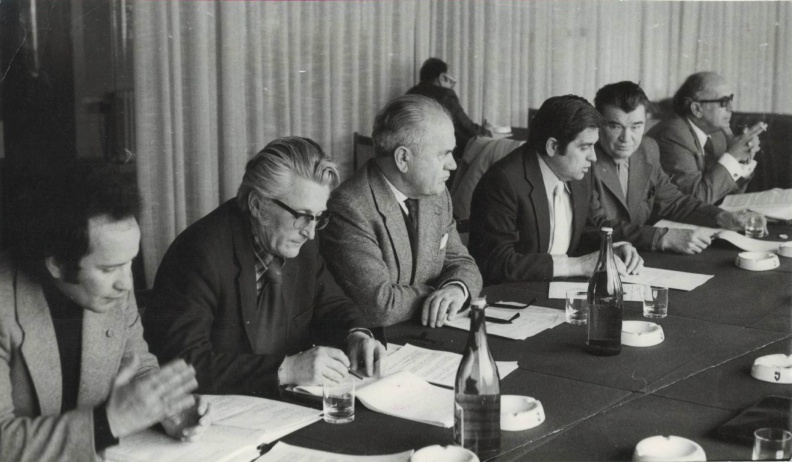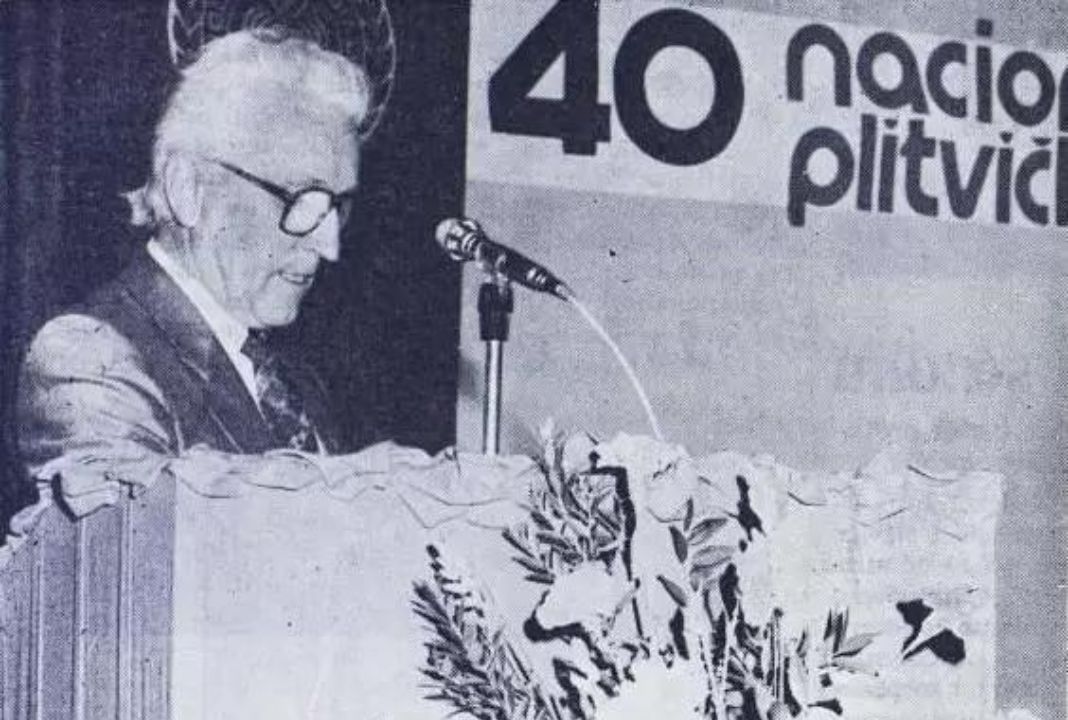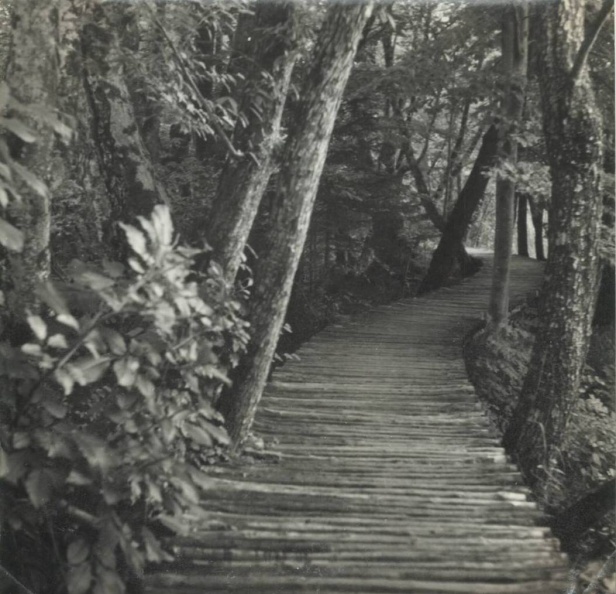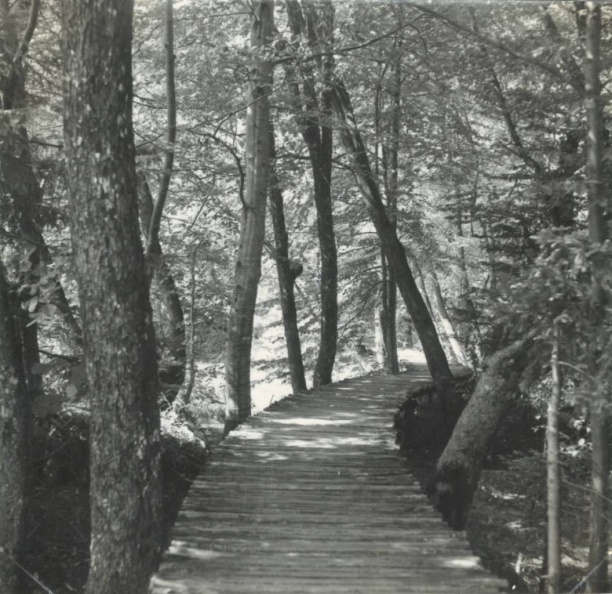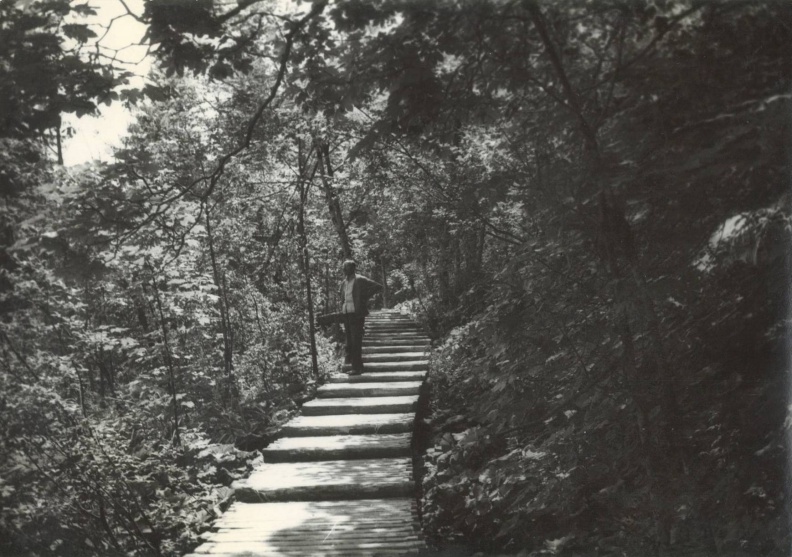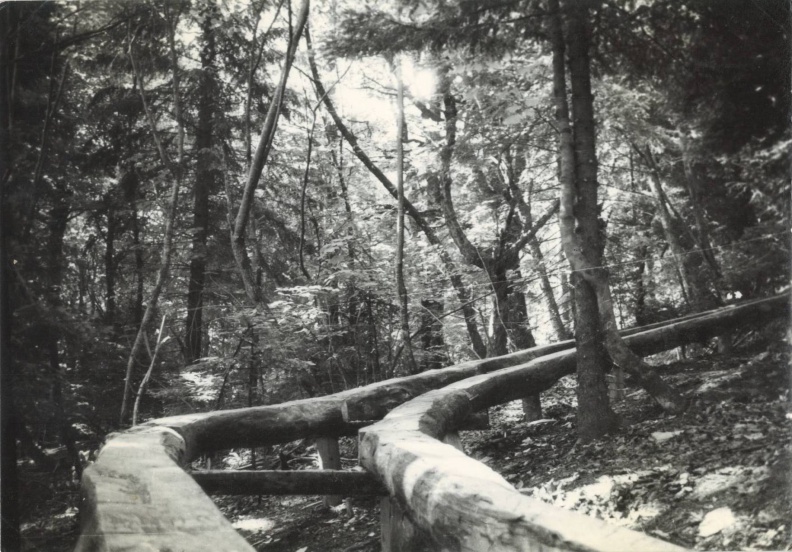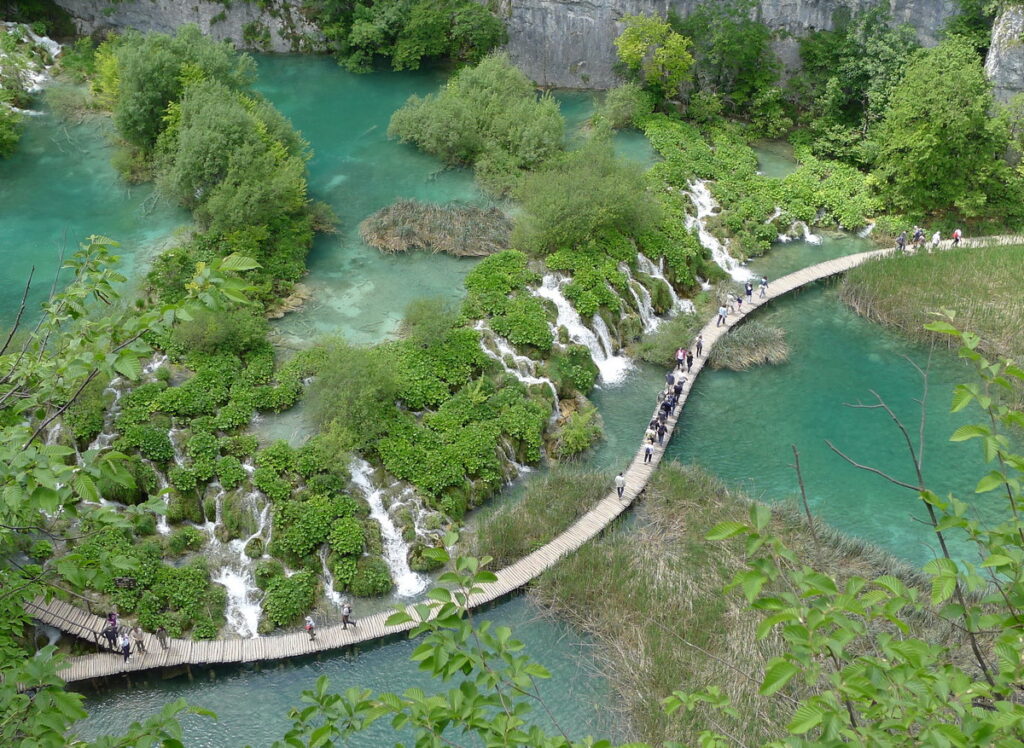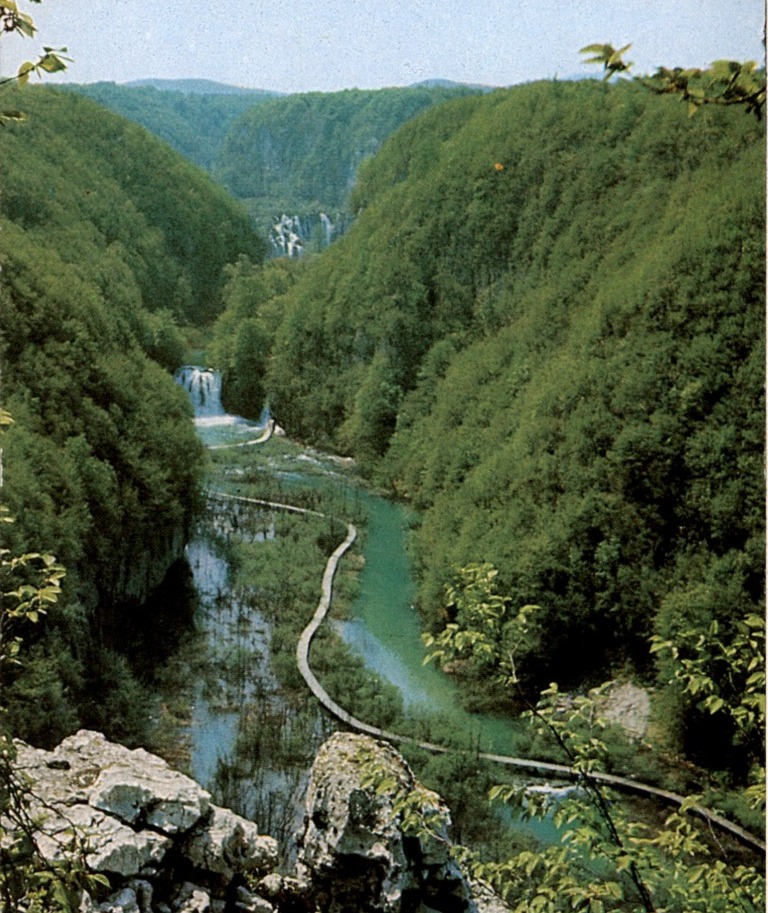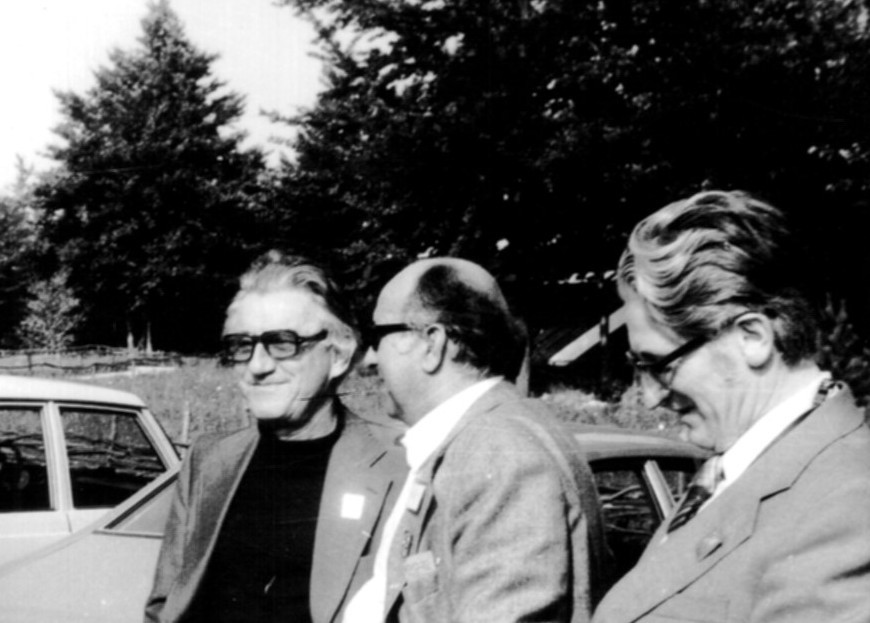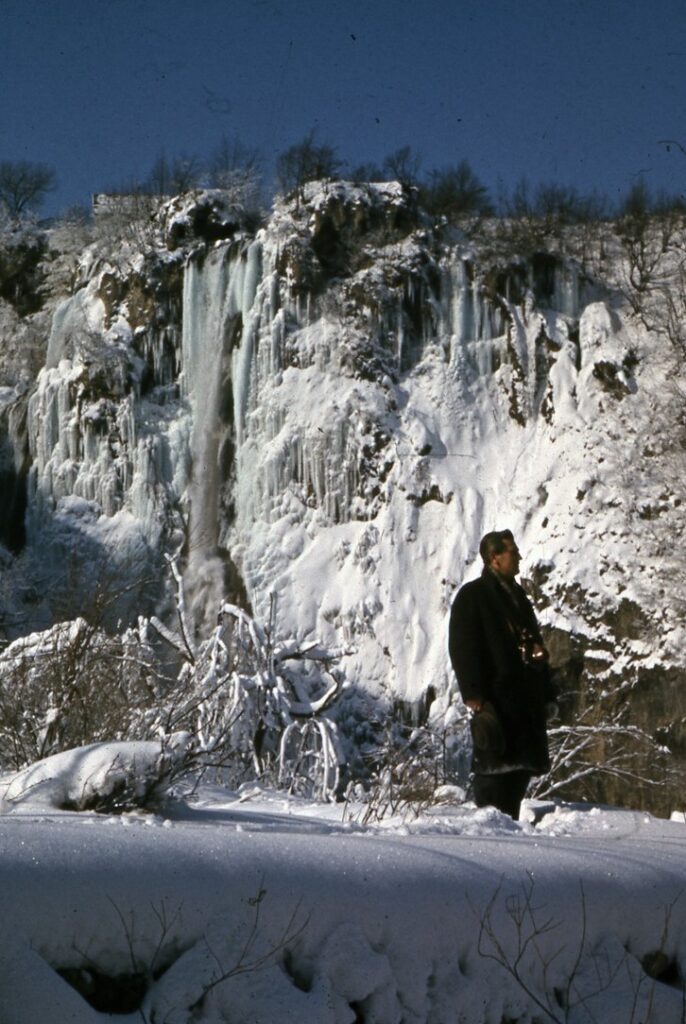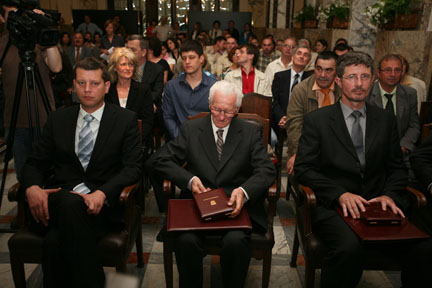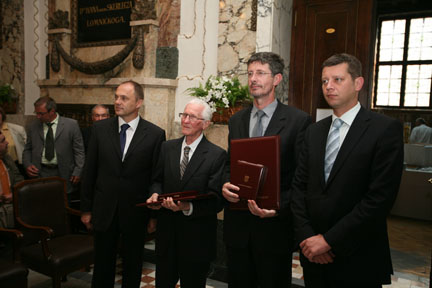“One crucial aspect of nature conservation is the cultivation of awareness among park workers and residents, emphasizing that conservation is the cornerstone of development. Symbolically expressed, it is like tending to the branch where we have built our nest, ensuring its strength and vitality while recognizing its capacity to bear only a limited load. This means that the National Park, in addition to its natural science qualities, must serve the people, and to make this possible, it needs to be properly organized. For this purpose, Plitvice Lakes continuously maintain and nurture “their system”, which, from the entrance receptions to the visitor destinations, includes organized parking lots, information points and own transportation means, and in the most sensitive natural areas, a special pedestrian complex that does not disrupt natural development while satisfying visitors’ curiosity. This system also serves as a bottleneck through which, after careful monitoring, the allowed number of visitors to the Park, i.e. its area of fundamental phenomenon, can be determined per hour and day, based on climatic conditions and human habits per month and year.”
“Special emphasis should be placed on the efforts made by this National Park in the field of scientific research. These efforts, partly through the Plitvice Research Project, are aimed at discovering the laws and monitoring the state of the natural complex, thus forming the basis for comprehensive protection.” – (Movčan, 1979)
One of the most intriguing individuals who worked in Plitvice Lakes National Park is, without doubt, engineer Josip Movčan. This native of Međimurje left a significant mark on the protection and management of this internationally renowned protected area during his thirty-three years at Plitvice Lakes from 1958 to 1991. He is most credited with establishing the current concept of the visitor system. The visitor system of Plitvice Lakes National Park consists of entrance receptions, pathways, bridges and transportation by trains and boats.
The most famous and striking parts of the visitor system are undoubtedly the wooden bridges above the water, spanning the entire length of the lakes, which Movčan personally designed. This was his idea of how to bring the magic of the Plitvice waterfalls and the power of water closer to the visitor, in a nature-friendly and unobtrusive manner. The wooden footbridges, made from half-round timber of sweet chestnut, a type of hardwood containing tannin that renders them resistant to moisture, have always been and remain distinctive features of Plitvice Lakes.
One of his finest works is the wooden footbridge at the Great Cascades, where he relocated the path from the top of the cascades to the base, allowing visitors to enjoy the murmur of hundreds of small cascades over travertine barriers in close proximity.
Engineer Josip Movčan was born 99 years ago, on 9 February 1925 in Čakovec. He hailed from a well-known family of merchants from Čakovec. He completed elementary school in the village of Ivanovec near Čakovec. He attended grammar school in Varaždin, Stolni Biograd (Székesfehérvár, Hungary) and in Zagreb. He began his forestry studies in Šopron (Sopron, Hungary), and completed them in Zagreb. As a graduate student without a degree, and out of love for Marija, who would become his wife, he moved to Gorski Kotar, where she began working as a teacher.
He finally graduated in 1955 and started working at the Fužine Forestry Office. As a young forestry engineer, he became acquainted with the dangerous, demanding and arduous work of forest workers. He focused on finding stimulating working conditions for forestry workers, forestry cultivation works, and he was interested in horticulture and landscape design. He attended a specialization course at the Urban Planning Institute of Croatia, focusing on landscape design and Zagreb’s park-forests. In the early summer of 1958, he was appointed manager of the Mrkopalj Forestry Office. However, by early autumn, upon the invitation of the Minister of Forestry, he went to Plitvice Lakes.
He was exceptionally involved in spatial planning during the development of the spatial plans for the national park. One of his primary ideas was that traffic and main roads must be relocated outside the park, which he largely succeeded in. This was accomplished with the construction of the road from Gornji Babin Potok to Korenica, effectively eliminating traffic on the old road along the lakes via Labudovac. Consequently, the bypass road around Plitvice Lakes was built along the segment from Ličko Petrovo to Prijeboj, and truck traffic has recently been diverted from the D1 section that ran alongside the lakes. He also advocated for reducing residential and tourist construction in areas designated for free development, resulting in the relocation of campsites from Kozjačka Draga and Medveđak to new locations outside the park.
The period of his work coincided with the transition of Plitvice Lakes NP from the forestry and intensive logging to salvage logging, tourism development and restoration after the Second World War, towards what was termed as “tourism champion”, marked by extensive construction, political schooling, and significant political influence of local republic officials. This period spanned from the declaration of the national park to its inclusion on the UNESCO World Heritage List. During this time, Movčan, with his expertise and knowledge, managed to push through and impose his ideas, achieving a balance between all these events and nature conservation, which was no easy feat. By the mid-1970s, the Park became a leader and example of best practice in visitor planning and management, largely due to Movčan’s efforts, which were recognized by the awarding of the European Diploma by the EUROPARC Federation in 1976.
At all global and European meetings, he advocated for “nature-friendly tourism” in the form of an organized visitor system. His professional work was recognized worldwide and he personally received several international awards: the Van-Tienhoven European Award (Bonn, 1983); the Fred M. Packard International Parks Merit Award from the International Union for Conservation of Nature (IUCN) (Morges, Switzerland, 1987); the Global 500 (Rio de Janeiro, 1992); and the Primula d’Oro (Uomo e Natura Napoli, Italy, 1995). The “Ivo Horvat” Award for outstanding achievements in nature conservation, presented on the occasion of 22 May, Croatia’s Nature Protection Day and International Day for Biological Diversity, was awarded to him in 2011 for his lifetime achievement. In the rationale for the award, it was particularly highlighted that his long-term work in nature conservation at Plitvice Lakes National Park marked the era in which he operated, and his accomplishments remain a lasting legacy for the Republic of Croatia.
Upon retirement, engineer Josip Movčan did not cease to be active. He continued his lifelong theme, “Organized System of Visitation of Natural and Cultural Heritage,” as a complex of interconnected protection, research, and spatial planning with the potential for tourist valorization, from 1992 to 1994 in the Hohe Tauern National Park in Austria, before returning to Croatia. After his retirement, he was also engaged in the establishment of tourism close to nature in his native Međimurje, which de facto was the beginning of today’s / modern tourism in Međimurje.
It should certainly be emphasized that Josip Movčan, a forestry engineer by education, and an active protector of natural values through his work and thought, marked an era in the organization, protection, and preservation of Plitvice Lakes National Park. We can confidently say that his actions and efforts have also left a mark on nature conservation in Croatia as a whole. A person who, through his work and dedication, has done so much for the Plitvice Lakes, their protection and the showcasing of their beauty through unique footbridges deserves a lasting tribute, such as a memorial plaque or the naming of a facility in his honour.
He passed away in Zagreb on 30 June 2016.
While I was writing this text, Mr. Franjo Salopek, a close collaborator and friend of Josip Movčan, provided interesting information, so I would like to thank Mr. Salopek for the conversation and the intriguing description of Movčan’s work and highlights from his life.
Text prepared by: Krešimir Čulinović

